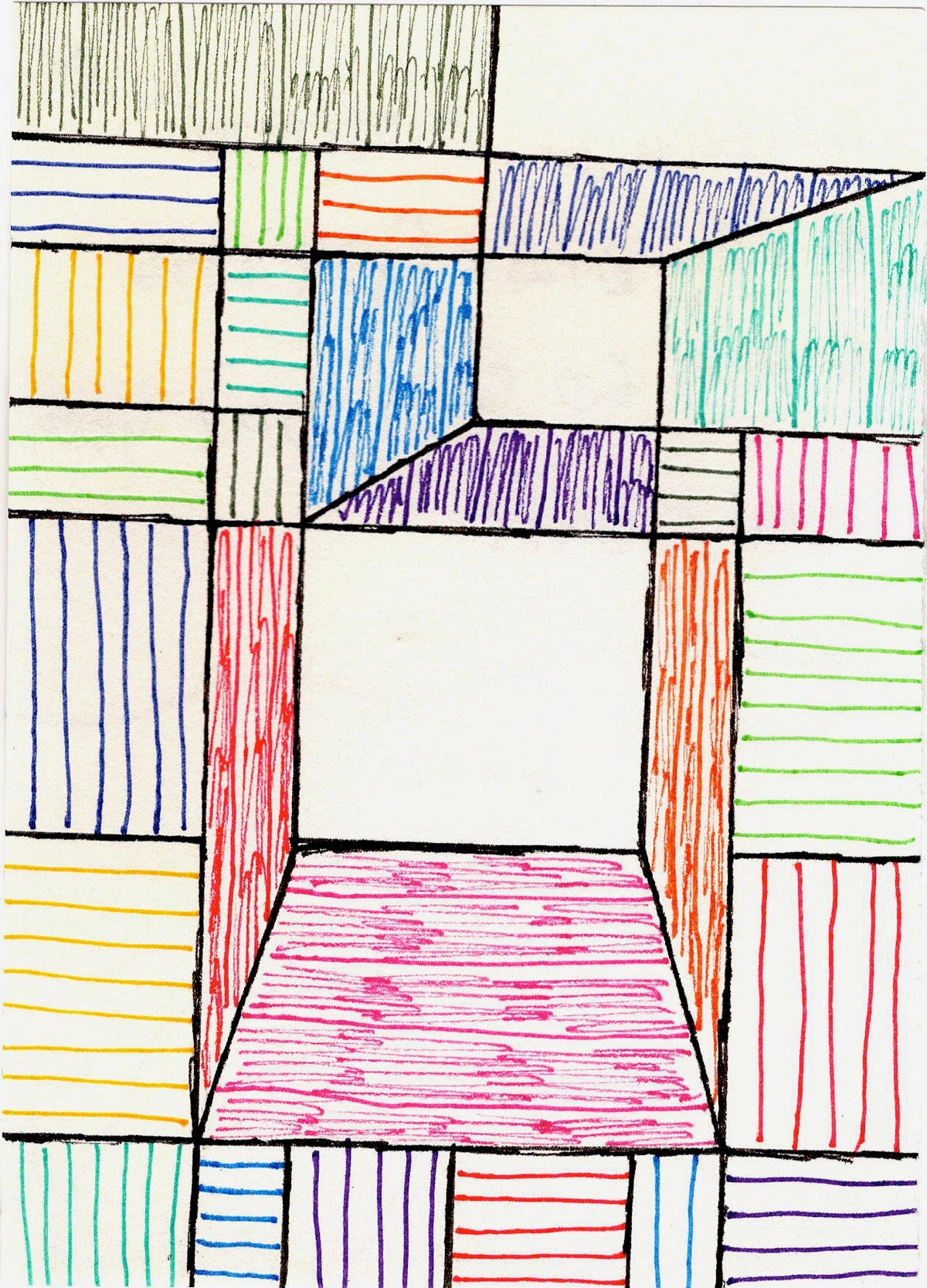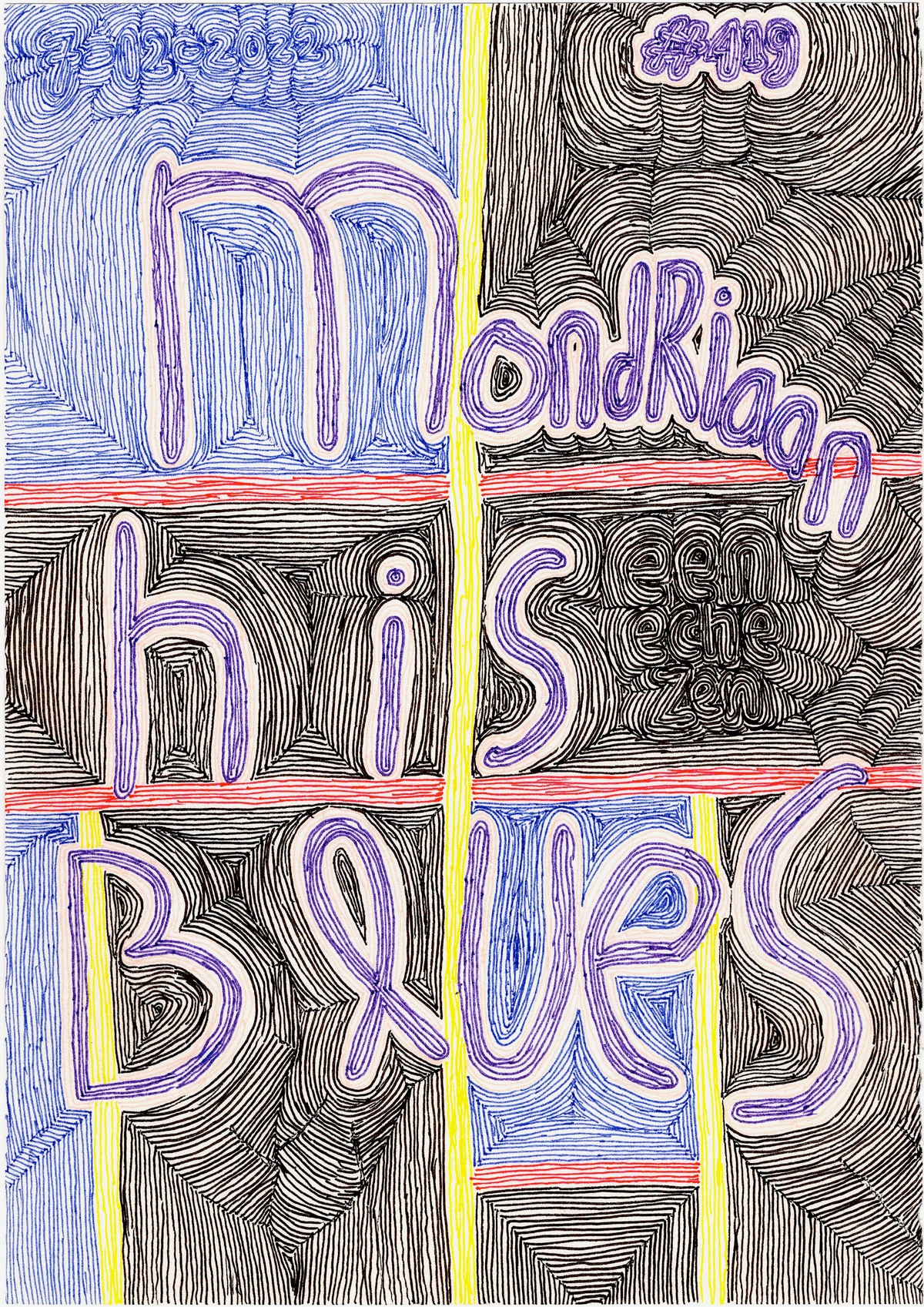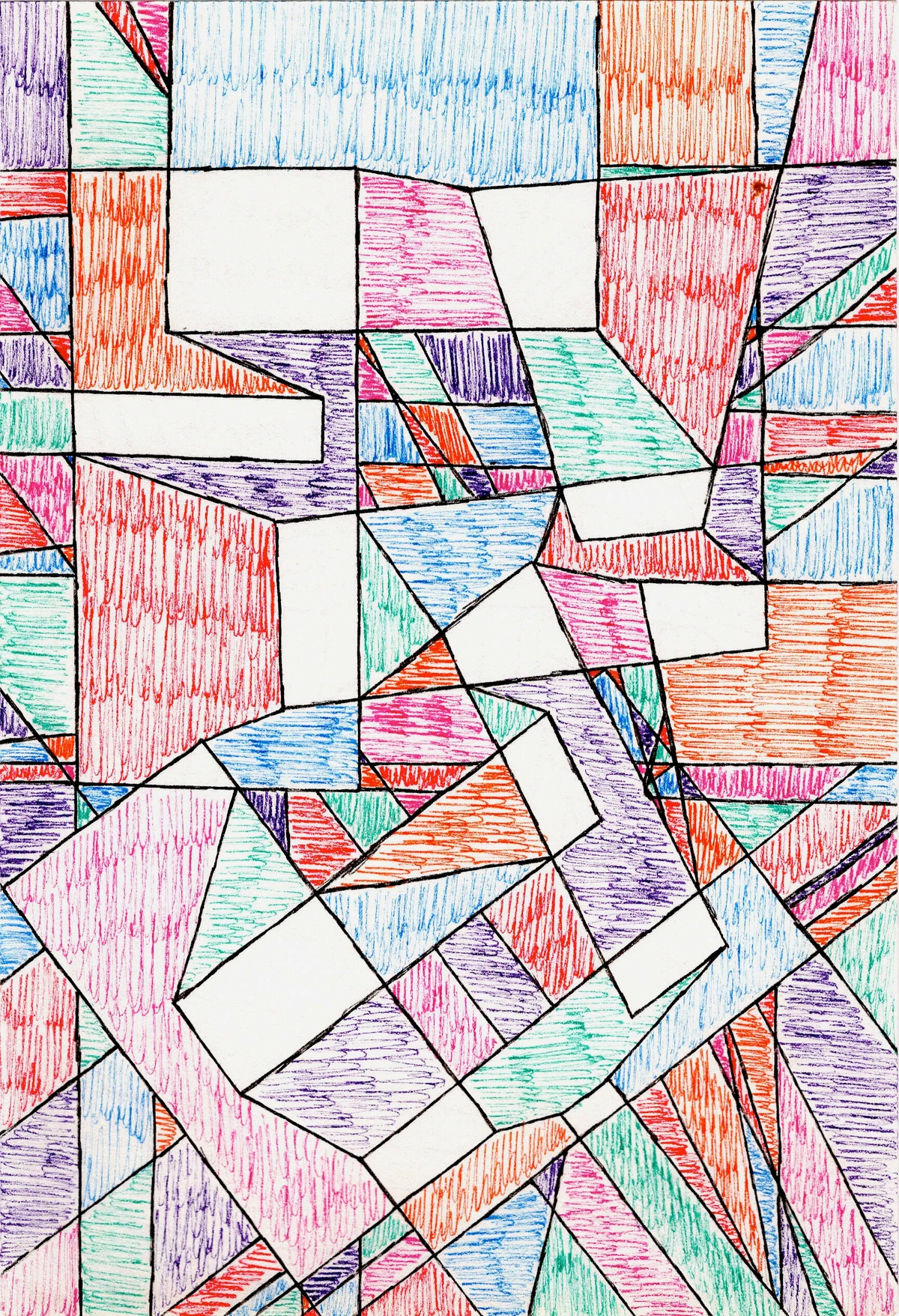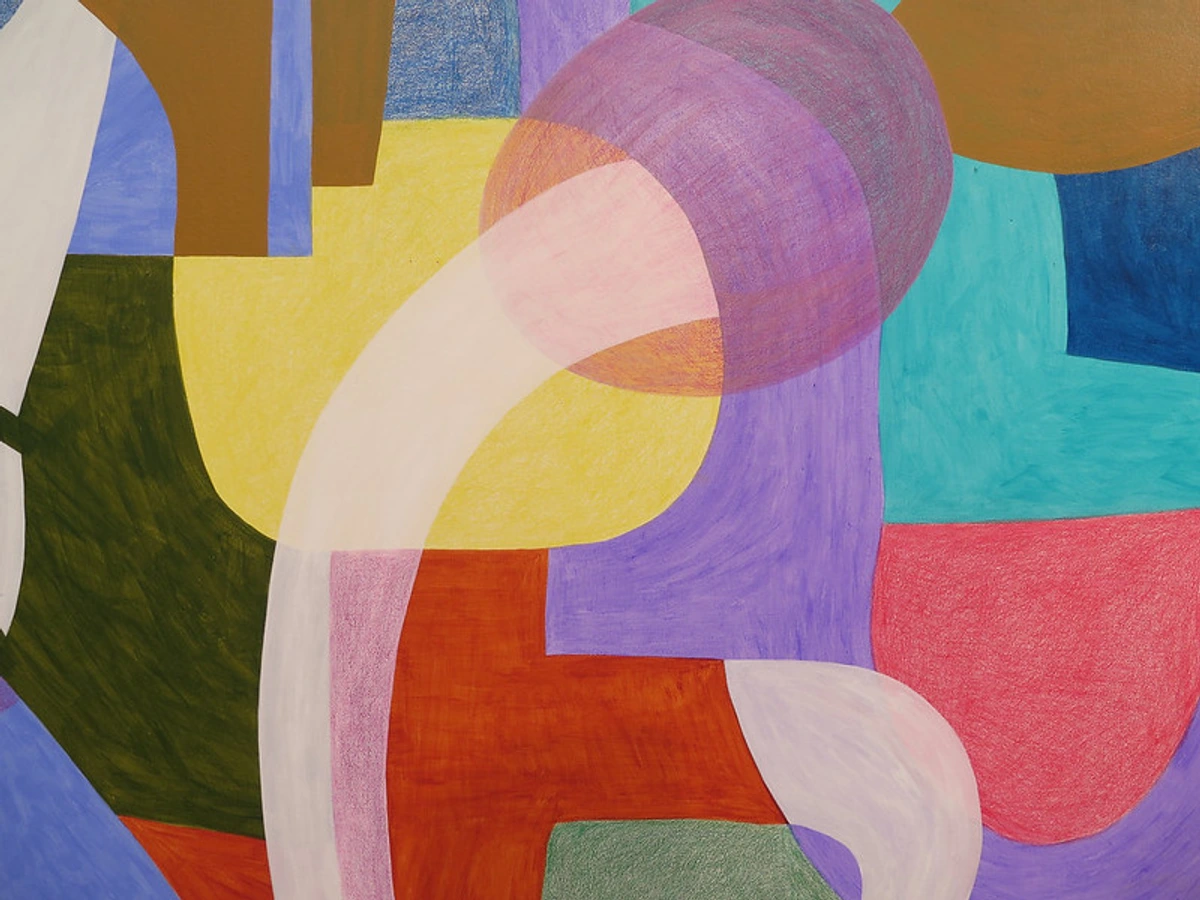
The Unseen Language: Decoding Sculpture's Core Elements
Go beyond aesthetics. Discover how sculptors master form, space, mass, line, and texture to speak volumes, shaping art that lives and breathes in three dimensions.
The Unseen Language: Decoding Sculpture's Core Elements
Honestly, my artistic journey has primarily unfolded on a flat canvas, but I've always had this profound fascination with sculpture. There's something utterly captivating about a piece of art that demands physical space, that invites you to walk around it, experiencing it from all angles. It’s not just an image you look at; it’s an object you encounter, a silent dialogue shaping the very air it occupies. But what are the foundational elements that give a sculpture its power and voice, allowing it to resonate so deeply? For me, it boils down to a handful of core ingredients, much like how a musician relies on fundamental notes. Understanding these isn’t just for art historians; it's for anyone who wants to deepen their connection with three-dimensional art. So, let's peel back the layers and explore these building blocks together, seeing how they've shaped masterpieces throughout history and continue to inspire today.
The Sculptor's Language: Unpacking the Core Elements
Before we dive into the specifics, it's worth remembering that just like painting or drawing, sculpture relies on a shared artistic language. We talk about the elements of art quite a bit around here, and sculpture is no exception. It’s just that in three dimensions, these elements take on a whole new depth (pun absolutely intended!). They’re not merely depicted; they are. It's a different kind of magic, a very real interaction with the world around them – almost as if the artwork itself has agency.
Sculptural Techniques: How Elements Take Shape
The way a sculptor works directly impacts how these elements manifest, acting as a profound dialogue between material, technique, and artistic intent. Different techniques lend themselves to different expressive possibilities, allowing artists to manipulate the core elements:
- Carving: This subtractive process, often in stone or wood, emphasizes mass and the inherent qualities of the material. The artist removes material, revealing the form within, and the forceful tool marks often contribute significantly to texture and the expressive qualities of line. Think of Michelangelo chipping away at marble to reveal a figure, where every subtraction defines a new edge.
- Modeling: An additive process using pliable materials like clay or wax. It allows for fluid forms and spontaneous expressions of line and texture. Mass can be built up or hollowed out easily, offering a direct, hands-on connection to the material. It's like drawing in three dimensions, constantly adjusting and refining.
- Casting: Involves creating a mold from a model, then pouring liquid material (like bronze or resin). This technique allows for precise reproduction of form and texture, often resulting in smooth, refined surfaces and strong, defined lines, enabling the artist to capture intricate details with permanence. This is where an ephemeral clay model can achieve timeless solidity.
- Assembling/Construction: Joining disparate parts, often found objects, metal sheets, or wood. This additive technique excels at manipulating space, creating open forms and dynamic interplay between positive and negative areas. Prominent lines are used to define structures and relationships, often giving a sense of tension or precarious balance, building meaning layer by layer.
Beyond these traditional methods, contemporary sculpture is constantly evolving. The advent of materials science and digital fabrication has opened up new frontiers, allowing artists to explore everything from polymers and composites to light and sound as sculptural materials. This innovation enables previously impossible forms and expressions, pushing the very definition of sculpture.
Form & Mass: The Physicality of Presence
When I first started dabbling with anything beyond a flat surface – even simple collages – I quickly realized that form is everything. In sculpture, form refers to the actual three-dimensional shape of the artwork. Is it geometric, like a perfect cube, or the sleek, abstract purity of a Brancusi bird? Or organic, with flowing, natural curves, perhaps hinting at the anatomical mastery of a Michelangelo figure? This isn't just about what it looks like from one angle, but how it asserts its physical presence in space, demanding its existence.
Then there’s mass. This is less about the physical weight (though that can certainly play a role – I've seen sculptors wrestling with colossal stones, a testament to material resistance!) and more about the perceived density and solidity of a sculpture. A massive sculpture feels weighty, imposing, perhaps even immovable, commanding its space with undeniable presence, like an ancient monolithic carving. Conversely, a delicate, airy wire sculpture by an artist like Alexander Calder might have very little perceived mass, almost dissolving into its surroundings, embodying lightness and movement. Our minds engage in a subtle dance, interpreting the interplay between what's literally there and its perceived density. The material itself often guides this perception: the grounded permanence of bronze, the natural warmth of carved wood, the industrial coolness of steel, or the raw honesty of clay. Each material whispers its own story of density and existence.
I remember seeing a particular piece once, an installation that used translucent materials. Physically, it was light, but its expansive, blocky forms somehow felt incredibly heavy, almost pushing down on the room. That’s the magic of how artists manipulate mass. You can explore these ideas more deeply in my article on form and space in abstract art – many of those principles definitely cross over into the sculptural realm. Ultimately, mastering form and mass allows a sculpture to command attention, to truly be in the world.

https://images.zenmuseum.com/art/182/scan.jpeg, https://images.zenmuseum.com/art/182/scan.jpeg
Space: The Unseen Architect and Silent Dialogue Partner
Ah, space. My absolute favorite element, perhaps because it's so intangible yet so crucial. Ever noticed how a great sculpture doesn't just exist, but actively shapes the emptiness around it? In sculpture, space isn't just the empty air around the artwork; it's an active participant, a dialogue partner. We talk about positive space (the actual form of the sculpture) and negative space (the empty areas within and around the sculpture). Think of the dramatic voids carved by Henry Moore or Barbara Hepworth, where the absence of material becomes as powerful and expressive as the solid forms themselves. Or consider the intricate, labyrinthine constructions of Eduardo Chillida, where monumental masses are pierced by voids that become as weighty and significant as the steel and stone themselves, inviting you to journey through them.
Consider a sculpture with a large hole in its center. That hole isn't "nothing"; it's a deliberate part of the design, shaping how we perceive the solid forms around it. It defines edges, creates pathways for the eye, and even allows light to play hide-and-seek. This creates fascinating spatial dynamics and spatial relationships – how different forms interact with each other and the surrounding emptiness, building visual harmony, tension, or a sense of dynamic movement. Imagine a delicate balance of forms, where a slight shift in a gap between them completely changes the emotional charge. It’s like the pauses in music – just as important as the notes themselves. Without negative space, a sculpture can feel suffocating, a solid block devoid of rhythm. It’s the sculptor's way of inviting the viewer to look through and around, not just at. Sometimes, these negative spaces are so potent they create their own implied lines, guiding your gaze with unseen forces. I've also mused about this in my piece on form and space in abstract art. How does the deliberate manipulation of emptiness change your perception of solidity?
Line: Guiding the Eye Through Three Dimensions
Now, you might think of line as a two-dimensional concept, something drawn on paper. But in sculpture, line is incredibly potent. A line can be literal – think of a thin rod stretching through space or the sharp edge of a metal sheet. More often, though, it’s implied. The edge where two forms meet, the path your eye follows as it moves across a surface, the direction a limb extends, the sweeping curve of a bronze figure, or even the boundary of a negative space – these all create lines. Imagine a sculptor carving away stone; the very act of subtraction creates edges that become lines defining the new form, even as material is removed.
Lines in sculpture guide the viewer's eye, creating a sense of movement, tension, or tranquility. A strong vertical line might suggest grandeur or aspiration, while a series of flowing, horizontal lines could evoke peace or stability. The dynamic interplay of lines defines the sculpture's rhythm, directing where you look and how long you linger. I often think about how lines, even in my abstract paintings, create a dynamic rhythm. It’s no different in sculpture, just in a different dimension, creating unseen forces that pull you through the work. If you're curious about how I approach this in my own work, my article on line in abstract art delves into this quite a bit. What story do the lines of a sculpture tell as your eye traces its contours?

https://images.zenmuseum.com/art/419/scan.jpeg, https://images.zenmuseum.com/art/419/scan.jpeg
Texture: A Touch of Reality (or Illusion)
Oh, texture! This is where sculpture really engages more than just our eyes. Texture refers to the surface quality of a work of art – how it feels or how it looks like it would feel if you touched it. Think of the rough, pitted surface of raw stone, conveying struggle and raw energy; the smooth sheen of polished bronze, speaking of serenity and timelessness; or the intricate weave of a fiber sculpture, suggesting fragility and complexity.
Actual texture is something you can physically feel, adding a tactile dimension. Visual texture is when an artist creates the illusion of texture, even in three dimensions (think of a marble sculpture carved to look like draped fabric, where the stone is manipulated to mimic softness). While my own abstract art often plays with visual texture to create depth and movement – perhaps building up layers of paint to create a palpable history on the canvas – in sculpture, the physical reality of texture can dramatically change how you interact with a piece. A sculptor might deliberately leave chisel marks to convey the effort of creation and a sense of raw struggle, or polish a surface to a mirror finish to reflect its surroundings, making the viewer part of the art and evoking serene contemplation. A weathered patina might speak of age and history, while a sharp, industrial finish suggests modernity and precision. It's a powerful tool for conveying emotion, history, and even narrative, giving the viewer another layer of sensory engagement. My article on texture in art explores this in more detail. What does a sculpture's surface invite you to feel, or to imagine feeling?

https://images.zenmuseum.com/art/136/scan.jpeg, https://images.zenmuseum.com/art/136/scan.jpeg
Scale & Proportion: How Size Shapes Perception
Beyond the tangible elements, scale and proportion play a monumental (pun intended, again!) role in how we experience sculpture. Scale refers to the absolute size of a sculpture relative to ourselves and its environment. A colossal public monument, like the Statue of Liberty or a towering Rodin, demands awe and contemplation from a distance, making us feel small and humbled in its presence. Such works often become accessible landmarks, shaping the urban landscape. An intimate tabletop piece, on the other hand, invites closer inspection, a personal dialogue, drawing us in to observe its intricate details. This manipulation of scale directly impacts the viewer's psychological response and the way they physically interact with the artwork and its surroundings.
Proportion, on the other hand, deals with the relative size of parts within the sculpture itself – the head to the body, a limb to the torso. Mastery of proportion can create harmonious, realistic figures, as seen in classical Greek sculptures. Or, it can be deliberately distorted to create expressive, unsettling, or even humorous effects, challenging our perceptions and conveying a deeper emotional truth, as often seen in modernist works. Both scale and proportion are powerful tools for sculptors to control emotional impact and the viewer's interaction, shaping not just what we see, but how we feel. How does the sheer size, or the relative harmony of its parts, change your emotional connection to a piece?
Light & Color: The Ephemeral Influencers and Mood Setters
While form, space, line, mass, and texture are the absolute heavy-hitters in sculpture, light and color play crucial supporting roles – often more subtle, but no less impactful. Light, both natural and artificial, dramatically alters how a sculpture is perceived. Shadows deepen forms, highlights accentuate curves, and changing light throughout the day can make a static piece feel dynamic, almost alive. It's why careful consideration of how to choose the right lighting to enhance your abstract art collection is so important, and it applies just as much to sculpture. The interplay of light and shadow can reveal hidden textures, emphasize powerful lines, and even carve out invisible spaces, transforming a piece hour by hour.
Color, while not as universally dominant as in painting, can be transformative. Think of painted sculptures from antiquity, or those made from naturally colored materials like the cool, ethereal tones of marble, the rich, warm hues of bronze, or the earthy palettes of carved wood. The natural oxidation of bronze, forming a beautiful patina, is a prime example of how color and texture evolve over time, adding layers of history and aesthetic depth. Color can evoke emotion, emphasize certain areas, or even integrate the sculpture into its environment. For example, a sculpture crafted from vibrant, contrasting metals might feel energetic and modern, while one in a single, muted stone could evoke ancient wisdom. And sometimes, the most profound statement comes from the absence of vibrant, applied color, pushing us to focus entirely on form, shadow, and the tactile quality of the surface itself. I've often delved into the power of color in my own work; you can read about it in my guides on color theory. How does the play of light and the artist's choice of color shift the mood and message of a sculpture?

https://www.flickr.com/photos/42803050@N00/31171785864, https://creativecommons.org/licenses/by-nd/2.0/
A Whisper of History: Elements in Time
It’s truly fascinating to see how different eras and artistic movements have prioritized and manipulated these elements. Ancient Greek sculptors, for instance, were unparalleled masters of ideal form and proportion, creating figures that embodied balance, harmony, and an almost divine realism, evident in iconic works like the Discobolus. Later, the soaring ambitions of Gothic cathedrals integrated dramatic vertical lines and intricate interplay of positive and negative space in their intricate carvings and stained glass, evoking spiritual awe and a sense of upward transcendence.
The Renaissance saw a renewed focus on naturalistic form and human proportion, exemplified by Michelangelo's David, while the Baroque period introduced intense emotional texture and dramatic uses of light and shadow to create theatrical effects, bringing figures like Bernini's Ecstasy of Saint Teresa to vivid life. The industrial revolution, starting in the 19th century, dramatically impacted sculpture, introducing new materials like steel and concrete, and new methods of mass production. This shift allowed artists to move away from traditional materials and explore abstraction and monumentality on unprecedented scales, challenging existing notions of craft and permanence. The Modernists, like Henry Moore and Barbara Hepworth, revolutionized sculpture by actively embracing negative space as a core compositional element, creating voids that were as significant as the solid forms, inviting viewers to look through the sculpture. Artists like Auguste Rodin pushed the boundaries of texture and expressive form to convey raw emotion and human struggle, his surfaces often deliberately unfinished to capture movement and passion. Today, artists continue to push boundaries, experimenting with how all these elements can tell new stories, engage with contemporary issues, and challenge our perceptions of what sculpture can be, often incorporating performance, new media, and ephemeral materials.
My Personal Take: Sculpture as a Conversation Across Time and Space
For me, understanding these elements isn’t just about intellectual analysis; it’s about appreciating the conversation the artist is trying to have with you, the viewer. When I look at a powerful sculpture, whether it’s ancient or utterly contemporary, I'm not just seeing an object. I’m seeing how the sculptor manipulated form to create presence, how they carved out space to invite contemplation, how lines guide my gaze, and how texture begs a closer look. It's a masterclass in visual storytelling, one that transcends language and time, echoing the enduring human desire to shape our world.
It also reminds me of the foundational principles that guide my own abstract art, even if my mediums are different. The way I layer paint to build up perceived depth and visual texture on a canvas, or use strong lines to direct the eye, shares a deep, fundamental connection with how sculptors create monumental works in three dimensions. It's all part of the continuous artistic dialogue, a shared pursuit of expression across different dimensions and materials. My own timeline as an artist is a testament to this ongoing exploration of artistic language.
Bringing Sculpture Home: More Than Just Decor
If you're inspired to bring sculpture into your own space, thinking about these elements can be incredibly helpful. It's not just about matching colors or styles; it's about how the sculpture's form, mass, and the space it occupies will interact with your interior architecture, other objects, and even your own movement through the room. Imagine a piece with sharp, vertical lines in a room dominated by horizontal elements – the tension could be striking! Will it be a commanding focal point that dominates the room, or a subtle piece that adds intrigue, revealing new aspects as you walk around it? Consider how a piece interacts with the natural light throughout the day – shadows can transform its presence hour by hour, giving it a dynamic, living quality. Also, remember to consider the environmental context: is it an indoor piece sensitive to humidity or direct sunlight, or a robust outdoor sculpture that will gracefully weather the elements? My article on how to incorporate sculptural art into modern interiors might offer some practical tips. And if you’re looking to explore art to enliven your surroundings, feel free to browse my collection; while I focus on 2D, the principles of impact and presence are remarkably similar!
Frequently Asked Questions About Sculpture's Elements
What's the fundamental difference between form and shape?
This is a classic distinction! Shape refers to a two-dimensional outline, like a circle or a square drawn on paper. It has length and width. Form, however, is three-dimensional – it has height, width, and depth, like a sphere or a cube. In sculpture, we're always dealing with true form, the tangible reality of an object that displaces space.
Can a sculpture exist without negative space?
Technically, yes, if it's a completely solid, unperforated block. However, even a solid block creates negative space around itself, defining its boundaries. But generally, the most dynamic and engaging sculptures incorporate deliberate negative spaces (holes, voids) within their forms to create visual interest, invite exploration, and enhance the dialogue between solid and void. While possible to exist without internal negative space, it's often a missed opportunity for depth and engagement, potentially leaving a piece feeling inert.
Is color always an essential element of sculpture?
Not always, but often. Many traditional sculptures rely on the natural color of their material (marble, bronze, wood) and the play of light and shadow to create their visual impact. The development of a natural patina on bronze, for example, is a form of color that evolves with time, adding to the sculpture's character. However, many contemporary sculptors use paint or colored materials to make color a primary element, changing the entire emotional impact. So, it depends entirely on the artist's intent and the piece itself; it's a powerful choice, whether present or intentionally absent.
How does a sculpture's scale influence its impact on the viewer?
Scale dramatically shifts perception and interaction. A monumental work can feel imposing and awe-inspiring, dominating its environment and making the viewer feel small, even insignificant. These large public works often become significant landmarks and points of communal gathering. A small, intricate piece, conversely, invites close inspection, fostering an intimate, personal experience that draws the viewer into its delicate details. It's about how the artist intends for you to feel in its presence, whether dwarfed by its grandeur or drawn into its delicate intricacies.
How do sculpture's elements differ from those in 2D art?
The core elements (line, form, space, texture, color) are the same, but their manifestation differs fundamentally. In 2D art, form and space are often implied or illusory, created through perspective, shading, and clever composition. In sculpture, they are tangible, real, and physically occupy space. Relief sculpture, where forms project from a background, acts as a fascinating bridge, blurring the lines between 2D and 3D. Line in 2D is drawn; in 3D, it can be an actual edge, an extended rod, or implied by movement and contours. Texture can be visual in 2D, but in 3D, it's often tactile and physical, inviting touch. Ultimately, it's the leap from illusion to tangible presence, from depiction to embodiment!
What's the difference between sculpture and installation art?
That's a great question, as the lines can definitely blur! Traditionally, sculpture refers to a single, self-contained object or a group of objects designed to be viewed as distinct artistic entities, even if they interact with their immediate surroundings. Installation art, on the other hand, is generally site-specific and transforms an entire space into an artwork. It often involves multiple components – objects, light, sound, video – arranged to create an immersive experience for the viewer, who often becomes a participant within the art itself rather than just an observer of an object. While a sculpture might be a part of an installation, installation art's primary focus is on the environment and the viewer's experience within it.
Wrapping Up: My Thoughts on the Endless Possibilities
Thinking about these elements really grounds my appreciation for sculpture. It’s a reminder that beneath the grandeur or the abstraction, there’s a meticulously thought-out structure, a language spoken by the artist in stone, metal, wood, or even light. It’s a language that invites you to slow down, observe, and connect. Whether you're standing in front of a masterpiece at my museum in 's-Hertogenbosch or simply admiring a small piece in a gallery, these elements are always there, waiting for you to notice them, to engage with them. And once you do, once you truly see these building blocks at play, sculpture transforms from a static object into a vibrant, ongoing dialogue – a silent, powerful conversation that speaks across centuries and mediums, echoing the very pulse of creation itself. It’s a journey that continually reminds me that even in stillness, art is always in motion, always speaking, always unfolding.




